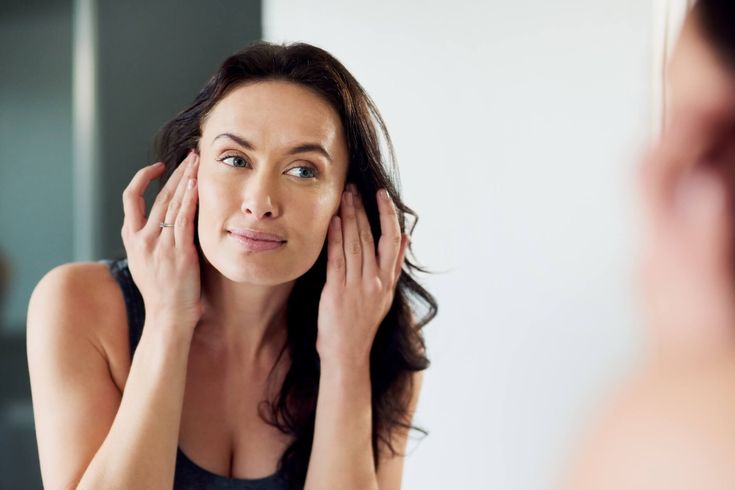Introduction
Cosmetic injectables have surged in popularity, offering a non-surgical approach to facial rejuvenation. From reducing wrinkles to restoring volume, these minimally invasive treatments deliver impressive results. But with so many options available, understanding the intricacies of each can feel overwhelming. This comprehensive guide will navigate you through the world of cosmetic injectables, highlighting their benefits, considerations, and what to expect.

Whether you're seeking to soften fine lines, enhance facial contours, or achieve a refreshed appearance, this guide will empower you to make informed decisions about your aesthetic journey. We'll delve into the science behind these treatments, explore popular options like Botox and dermal fillers, and address common questions to ensure you feel confident in your pursuit of a revitalized you.
Understanding Cosmetic Injectables
Cosmetic injectables encompass a range of substances designed to address specific aesthetic concerns. These solutions are injected directly into the skin, targeting wrinkles, fine lines, volume loss, and other imperfections. The minimally invasive nature of these treatments appeals to those seeking noticeable yet natural-looking results without the downtime associated with surgery.
Types of Cosmetic Injectables
Neurotoxins: Smoothing Out the Wrinkles
Neurotoxins, with Botox being the most recognized, work by temporarily relaxing muscle activity. By targeting specific facial muscles, neurotoxins effectively reduce the appearance of dynamic wrinkles, those etched in by repetitive expressions like frowning and squinting. Common treatment areas include forehead lines, crow's feet, and frown lines between the brows.
Dermal Fillers: Restoring Lost Volume
Dermal fillers, typically composed of hyaluronic acid, address volume loss and enhance facial contours. As we age, collagen production diminishes, leading to sagging skin and hollowed features. Fillers plump up the skin, restoring youthful fullness and smoothing out wrinkles and folds. Popular areas for filler treatment include cheeks, lips, nasolabial folds (lines from nose to mouth), and marionette lines (lines framing the mouth).
What to Expect During and After Treatment
Before undergoing any cosmetic injectable treatment, a consultation with a qualified and experienced provider is essential. During this consultation, your aesthetic goals, medical history, and any concerns will be discussed to determine the most appropriate treatment plan.
The injection process itself is relatively quick, typically lasting 15-30 minutes depending on the treatment areas. Most patients tolerate the procedure well, describing the sensation as a slight pinch. Following treatment, you can expect some mild redness, swelling, or bruising, which typically subsides within a few days.
Conclusion
Cosmetic injectables offer a versatile and effective approach to facial rejuvenation. Whether you're looking to soften wrinkles, restore volume, or enhance specific features, these treatments provide natural-looking results with minimal downtime. By understanding the different types of injectables, the treatment process, and potential outcomes, you can make informed decisions about your aesthetic goals. Remember to consult with a qualified provider to determine the best course of action for achieving your desired outcome.





